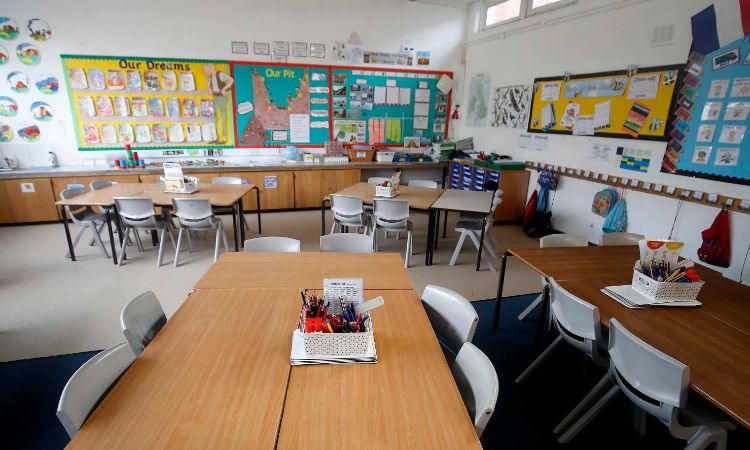On Tuesday, the U.S. Centers for Disease Control Prevention (CDC) released guidelines on how to reopen schools in the fall.
The recommendations come as most classes, which have gone online due to the coronavirus pandemic, wrap up for the school year.
The CDC has divided the risk of school reopening into three categories – low, more, and highest.
Low risk is only limited to virtual activities.
More risk includes small, private classes where students stay grouped together and maintain 6 feet distance.
The highest risk is more like a classroom pre-pandemic, which included full-sized, private, with no spacing.
The health agency recommends sick students and school staff to stay at home.
Those who have COVID-19 symptoms while at school are advised to be taken into an isolation room. Areas that are used by sick people should be closed off until they are cleaned and disinfected.
The CDC recommended older students and staff members to wear masks or face coverings. The federal agency understands that face coverings could be challenging for younger students so it does not recommend wearing face masks to children below 2.
The CDC also suggested that inside the classroom, desks should be spaced 6-feet apart if possible, with tables facing in the same direction and students sitting on one side, not face-to-face. Students should not share their items.
According to the new guidelines, playground equipment should be closed if possible.
The CDC’s new recommendations suggest that students should bring their own lunches and eat in classrooms rather than in the cafeteria.
The agency also set some guidelines for transportation to limit contact between students as much as possible.
You can go through the CDC website to read the full list of the CDC’s guidelines, with the title “Considerations for Schools,” which it calls “ways in which schools can help protect students, teachers, administrators, and staff and slow the spread of COVID-19.”























